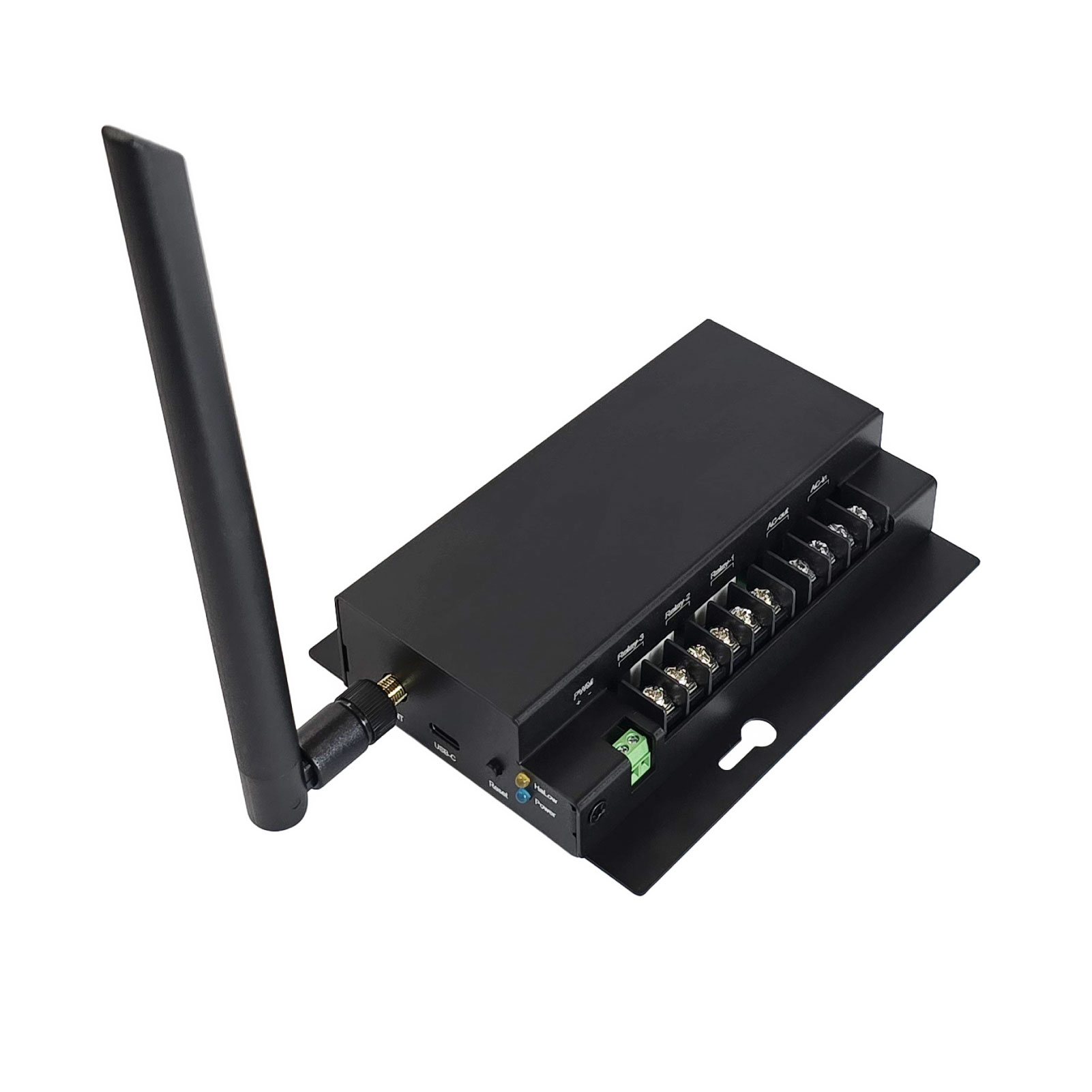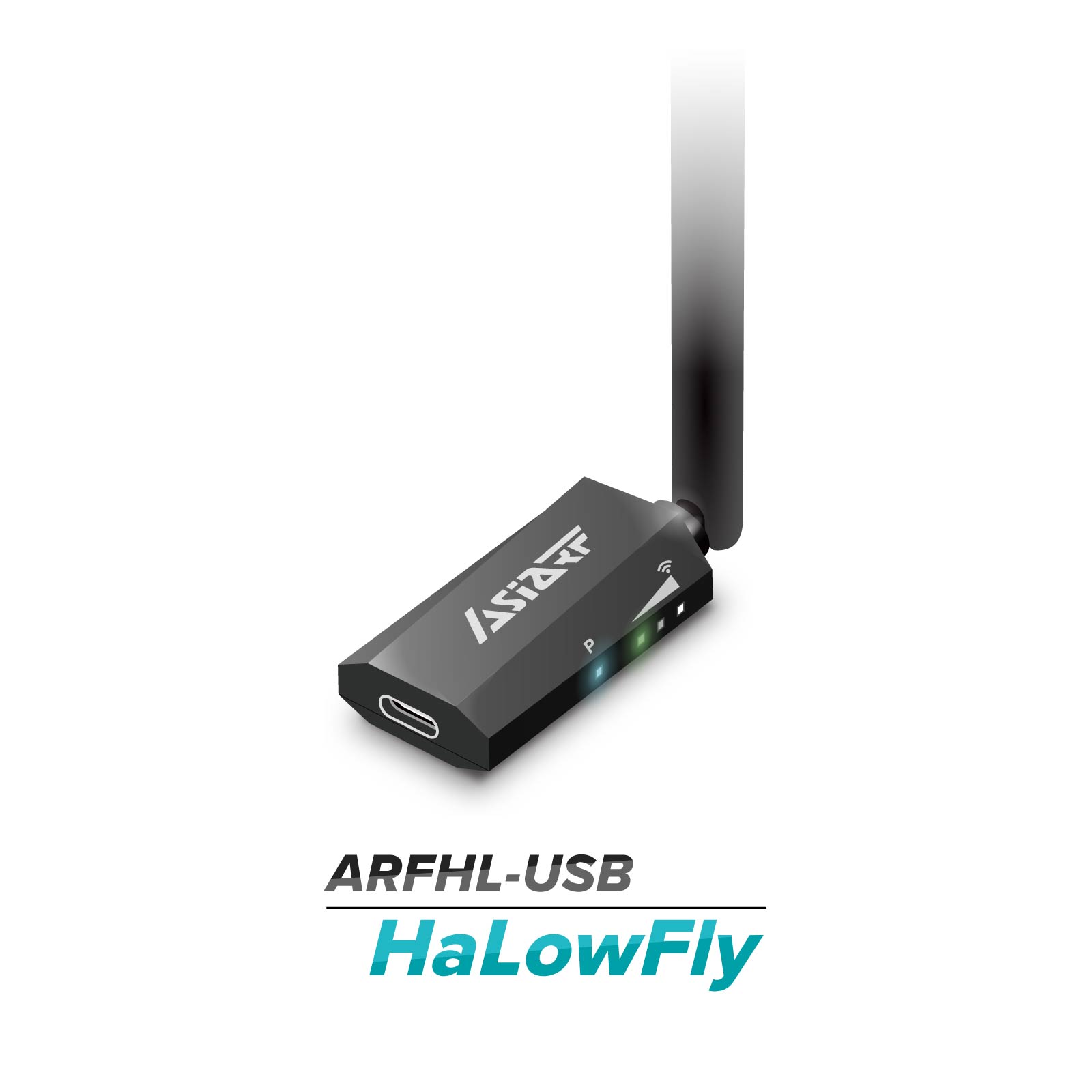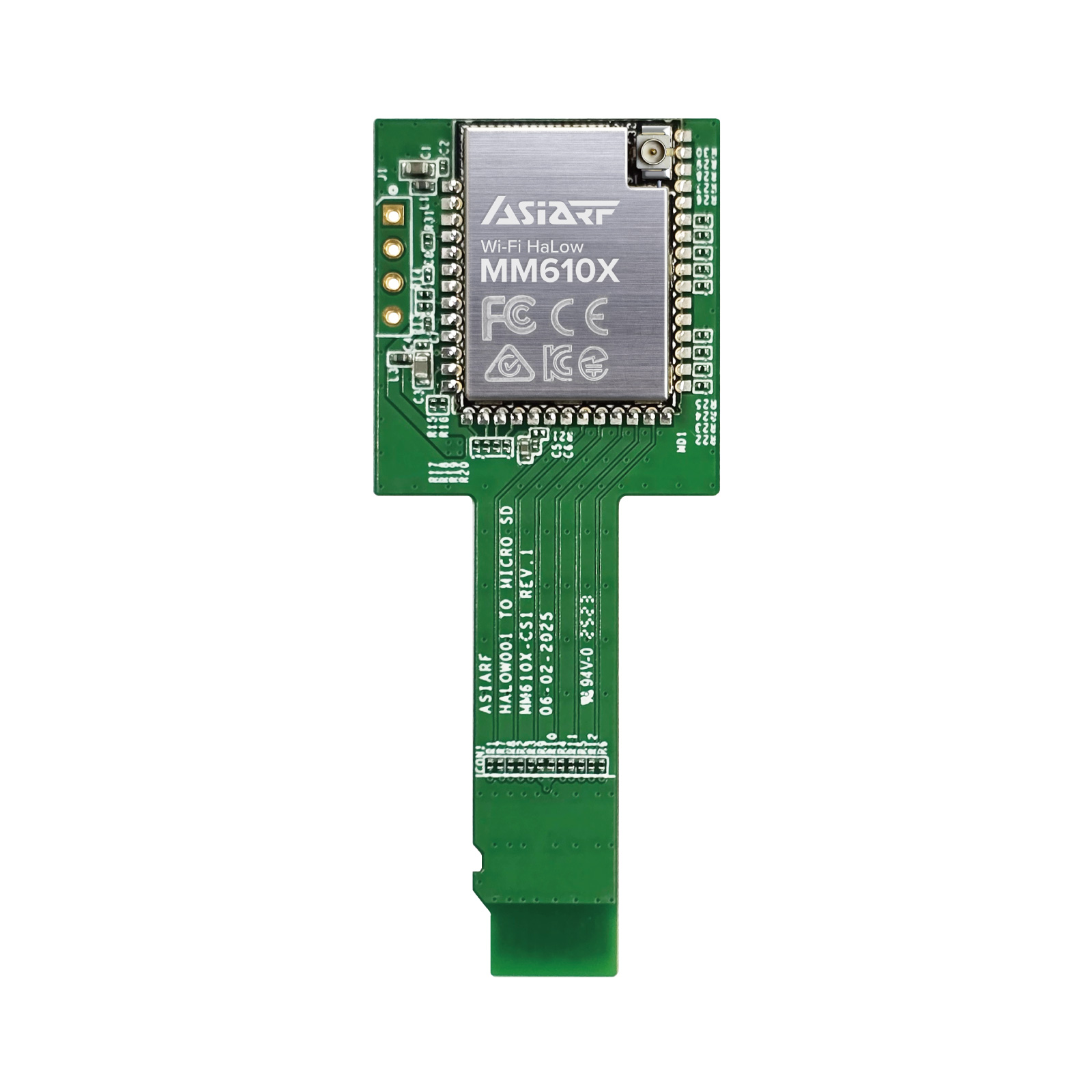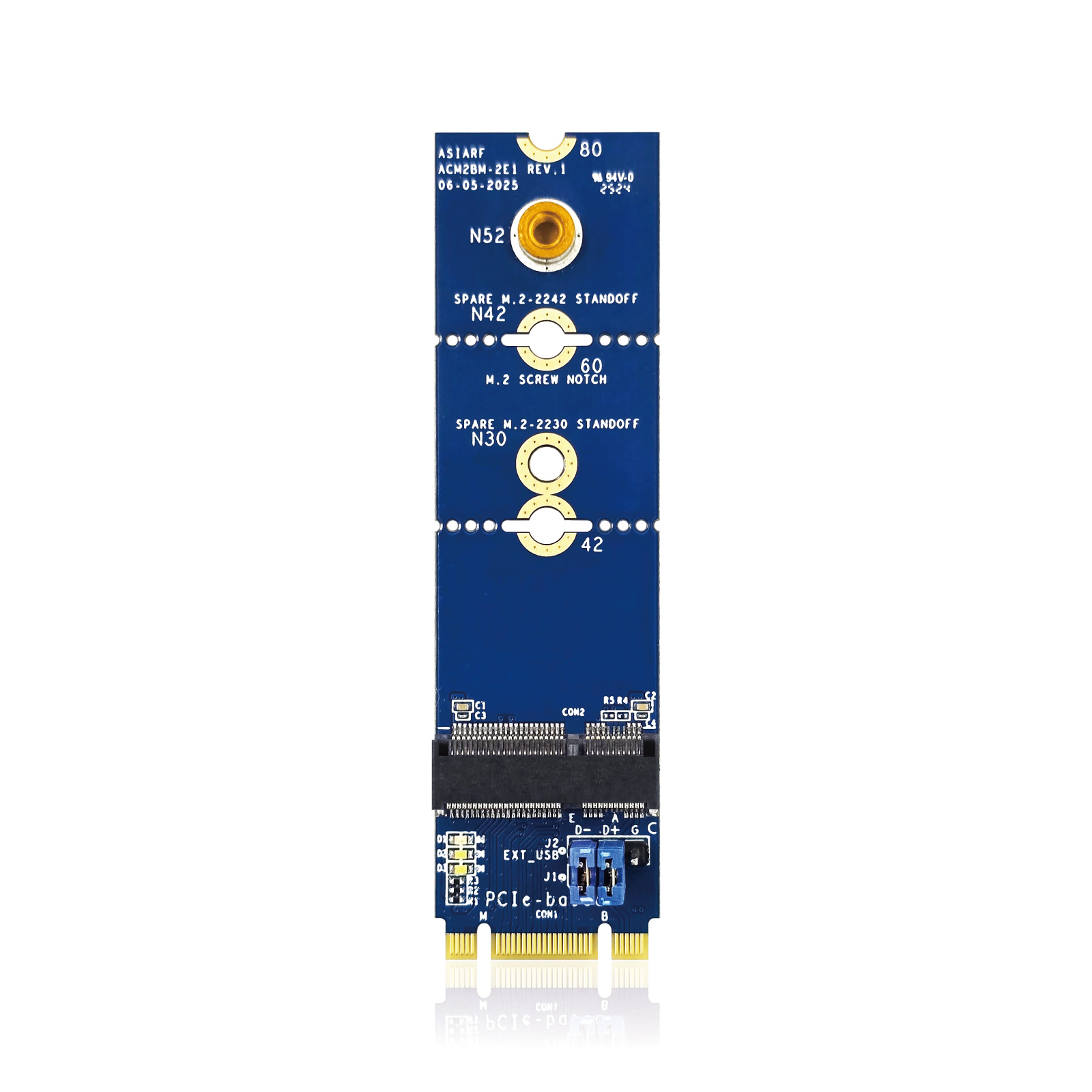Subscribe to receive
the up-to-date news and
stay informed of the latest developments.
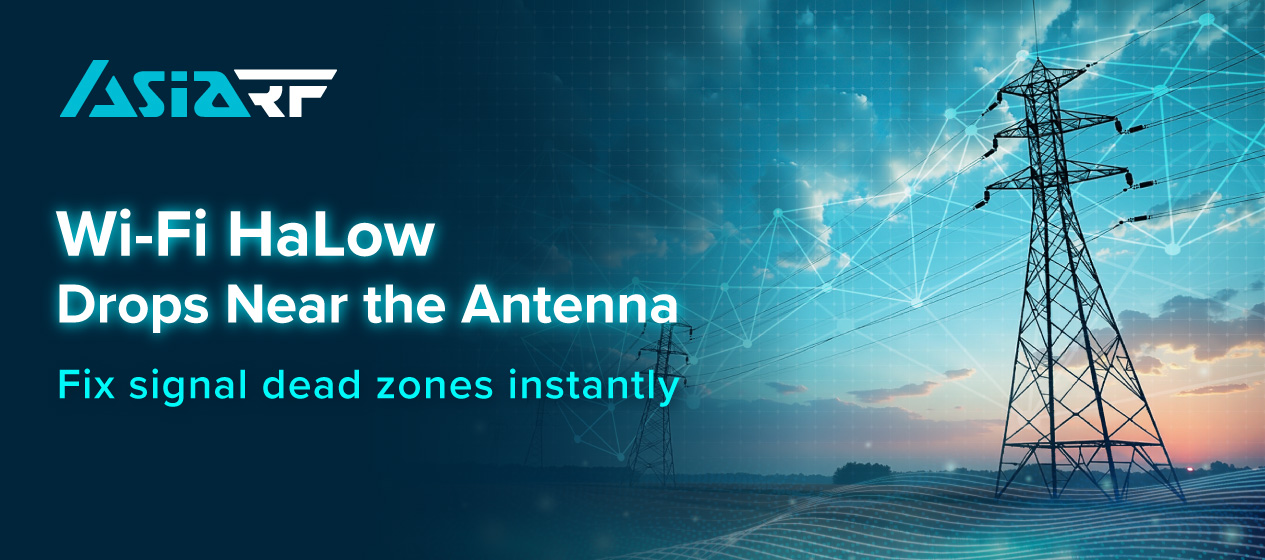
Why Wi-Fi HaLow Signal Drops Near the Base Station? (and How to Fix It)
What causes Wi-Fi HaLow dead zones?
Dead zones in Wi-Fi HaLow networks are often caused by two key issues: nulls and side lobes.
Nulls are areas where the signal strength drops to nearly zero. Oddly, they often appear right beneath the antenna on a base station.
Side lobes are unintended beams that radiate away from the main direction of the antenna. Devices may connect through these weaker paths, resulting in unstable or degraded performance.
How do different antennas affect Wi-Fi HaLow performance?
Omni-directional antennas broadcast signals in all horizontal directions. They’re widely used in Wi-Fi HaLow deployments for broad coverage but are more prone to side lobes and dead zones.
Directional antennas (e.g., Yagi) concentrate signal in a single direction. They’re ideal for focused Wi-Fi HaLow applications like long-range links, but if not precisely tuned, they can leave significant coverage gaps.
See how antenna types impact signal coverage:
Omni antenna at 3 meters: Large dead zones form directly under the base station.
Omni antenna at 10 meters: Overall coverage improves, but some null zones still persist.
Yagi antenna at 10 meters: Strong forward signal is achieved, but precise alignment is needed to avoid distinct dead zones.
How can we fix it? With Null Fill technology.
By adjusting the antenna’s height and tilt angle, engineers can direct more signal downward to fill in the null zones — a technique known as Null Fill.
Even though the peak signal strength might slightly decrease, the trade-off is a far more stable and consistent Wi-Fi HaLow connection across the coverage area.
Why it matters for Wi-Fi HaLow applications
Wi-Fi HaLow is designed for long-range, low-power IoT applications — from smart farming and industrial monitoring to smart city infrastructure.
But without proper antenna design, these networks can suffer from blind spots and instability.
With the right tuning and Null Fill implementation, your Wi-Fi HaLow deployment can achieve seamless and dependable coverage — even in complex or obstructed environments.
With AsiaRF, optimize your Wi-Fi HaLow network — eliminate dead zones and ensure strong, reliable performance across the board.
CONTACT OUR SALES
We're excited to discuss how we can collaborate.
Featured Products





